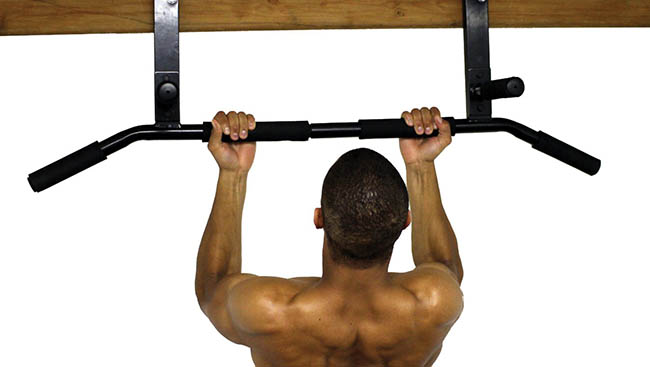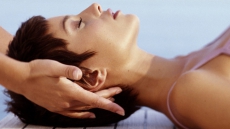5 workouts that will make you more capable
There are a variety of reasons people work out, from increasing one’s overall sense of health, to simply wanting to look good in a swimsuit. One major benefit to developing an effective fitness routine involves improving or maintaining all-around physical capability. “Capable” can be defined in a variety of ways depending on one’s particular goals, whether that means building strength, improving mobility or increasing stamina. Whatever the case, there are a number of specific things you can do to make your fitness more functional.
Core Strength and Rotation
A strong, stable core is not only important for lifting and motion, but it is essential for protecting your spine. To that end, you need to leverage workouts that build core strength and mobility. This can be achieved by using workouts that involve midsection rotation, and while there are a variety of options to choose from, few are as effective as the Reverse Lunge with Rotation.
It is accomplished in three steps:
1 Step backwards a Reverse Lunge motion. (Front knee bent at 90 degrees, rear knee pointed toward but ideally not resting on the ground).
2 Twist from the midsection to one side then the other.
3 Step forward to a standing position. This motion in itself will provide results, but to maximize strength gains you can perform it while holding a dumbbell against your chest.

Hip Strength and Flexibility
Strong, flexible hips are essential for movement, but can also play a big role in managing lower back pain. There are a wide-range of hip-opening yoga poses that can help with mobility, but for developing strength at the same time, use the Single Leg Hip-Lift.
1 Lay on the ground with knees bent, feet flat on the floor.
2 Lift one foot off the ground with the leg extended straight or knee bent at 90 degrees.
3 Raise your hips off the ground by pushing through the heel of the planted foot, then lower back down. Place your hands on the ground at your sides for stability, but if you feel like making the motion more challenging, either raise your arms off the ground or hold a dumbbell resting on your groin.

Cardio: Both Slow and Fast
Few things will come in handy like a solid cardiovascular system. Think of it as the engine of your everyday performance. Like the engine of a car, yours can be tuned for specific purposes. Some engines are built for fast bursts of activity, while others are designed for steady long-term hauling. You want your cardio engine to provide both. That means training your heart and support muscles accordingly. Prolongs periods of steady-state cardio like walking or jogging will build your body’s ability to perform over long periods of time, while short, intense cardio exercises like sprints, HIIT, or jumping rope can be used to give it rapid-response, explosive capabilities. Most people tend to favour one variety of cardio over the other, but if you want to truly develop your overall sense of capability, be sure to build a fitness routine that alternates between the two.

Upper-Body Strength
The benefits of a strong upper-body are clear, but arguably most useful is the development of the muscles around the shoulders, upper-chest, and neck. This helps with lifting from the ground, raising things above the head, and all-around mobility and neck-pain reduction. To build a strong upper-upper-body, few motions are better than the Shoulder Press, also known as the Military Press.
1 Hold dumbbells or barbell around shoulder level.
2 Lift as far above the head as mobility will allow.
3 Lower and repeat. One great thing about this workout is that it can be performed using a variety of tools, from dumbbells to a barbell to a shoulder press or Smith machine, or even cans of soup.

Ankle Stability
Few things will lay you up faster than a sprained ankle. What’s more, stable ankles and calves are important when it comes to walking with proper posture, while helps to reduce knee and back pain. When it comes to building strong ankles, nothing beats ankle raises. They’re pretty straightforward.
1 Stand straight up.
2 Raise your heels off the ground by pushing through the balls of your feet.
3 Lower and repeat. There are a range of things you can do to activate different muscles and get more out of this one.
You can add weight by holding dumbbells at your sides or by using a calf extension machine. You can adjust which muscles are emphasized by positioning your feet closer together or farther apart. Or you can get more extension by positioning your feet with toes on a ledge like a doorframe or curb, allowing you to dip your heels lower for more range of motion.




.jpg)
